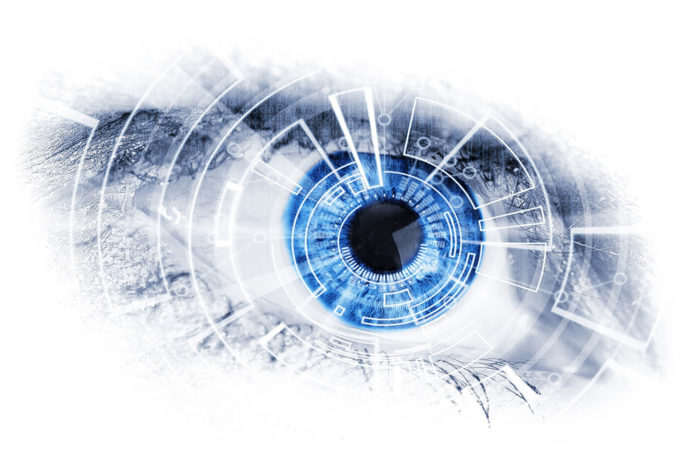Glaucoma often called the “silent theft of sight” is the second leading cause of blindness globally, which is caused by increased intraocular pressure. It is most common in the people aged 40-80 years. Around 3.5% of the population aged 40 years or older have been diagnosed with the disease. And it is also expected that these numbers going to rise in the coming years. According to some estimates, a person can lose as much as 40% of their vision without noticing. The only way to prevent the blindness in people with glaucoma is detecting it as early as possible.
The traditional method of the treatment needs five tests to accurately diagnose the disease, which is time-consuming. And this may delay the treatment and so the researchers are trying to search the faster way to detect the disease precisely.
A group of scientists at New York University (NYU), in collaboration with IBM researchers, describes in a paper a non-invasive technique that uses AI to detect the presence of glaucoma with the help of retina imaging data. The deep learning AI could help both ophthalmologists and optometrists diagnose glaucoma more quickly.
The problem with the current tests for glaucoma is that they rely on subjective feedback from the patients themselves. Some studies have shown that factors like alertness and time of day can affect performance.
While the NYU-IBM developed a system that intakes three-dimensional optical coherence tomography images of the retina (OCT), which it feeds into a machine learning algorithm trained to estimate corresponding visual field index (VFI) values. By passing OCT images through the framework, the researchers achieved an accurate diagnosis of 94% of the time. In addition, they were able to do so without running further tests or further “scrubbing” the data using traditional, time-consuming methods.
“VFI is a global metric that represents the entire visual field, and accurately capturing that with AI offers to lay the groundwork for future technologies that can potentially use this analysis to quickly estimate a patient’s visual function,” said Rahil Garnavi, a senior research scientist and manager at IBM Research Australia in the IBM research blog.
The study co-author also hopes that the tool could give physicians access to precise information without the need for multiple, time-intensive tests.
The research will be presented at the ARVO (The Association for Research in Vision and Ophthalmology) annual meeting April 28th – May 2nd in Vancouver, Canada.
